Clint Eastwood’s status in the modern film world is such that he could sit, smoke and stare into the distance for two hours of screen time with his trademark squint – and the audience will still go to the cinemas in droves. Fortunately, the legendary actor over the years not only has not lost its texture, but has also turned into an outstanding director: Eastwood has something to show and something to say. “Gran Torino” – Clint Eastwood’s masterpiece about old age, courage and spiral of violence
The best evidence of this is Gran Torino, an unusually strong and profound film that can be called a masterpiece, which did not receive any major awards in the United States and was completely misunderstood by critics.
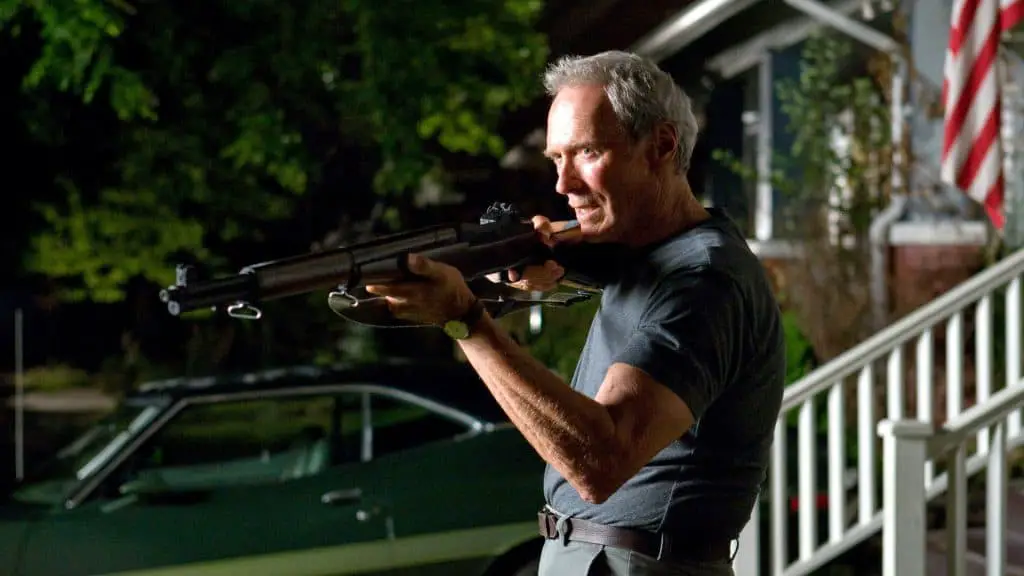
The elusive meaning of a masterpiece
There are at least three common interpretations of the “Gran Torino”. According to the first, we have before us another version of the “Voroshilovsky shooter”: there is an old man – and here is an old man; there the girl was raped by scumbags, here they were also raped; there the old man takes revenge – and here too. This approach allows Gran Torino to be included in a long series of films about the avengers, but it does not come close to unraveling its meaning, especially considering that Walt Kowalski, unlike the Voroshilov shooter Ivan Afonin, does not seriously injure anyone.
The second version is based on Eastwood’s rich “cowboy” past and suggests considering the film story about the last weeks of the old man Kowalski’s life as a saga about a cowboy who accidentally reached the 21st century: he is old, he is lonely, he is archaic, but true to himself and his ideas about how must live. Kowalski himself – fearless, laconic, rude, who knows like the back of his hand any “man’s work” from murder to repairing a car, ready, despite his racial prejudices, to intercede for the weak – appears to be the ideal embodiment of the patriarchal ideal, a “real man” ousted from the cultural space by ideology political correctness.
However, although cowboy allusions are clearly read in the image of the protagonist, it is difficult to call him an ideal. Perhaps of all the images created by Eastwood, Kowalski is the most controversial and complex.

The third interpretation suggests focusing on the social issues of the picture: after all, Detroit, in which the action takes place, is not just a city, but a kind of symbol of the outgoing America. In this America, powerful cars were built, the suburbs were splendid and orderly, not street gangs, and everyone – or almost all – were white.
Kowalski is a splinter of the past, “a splinter of a lost empire,” and the complexity of his image hints that in that great America of the past, everything was not as unambiguous as its apologists would like to believe. Representatives of this version consider one of the main problems of the film to be the problem of peaceful coexistence of different ethnic groups, and in the story of old man Kowalski they see an optimistic story of overcoming xenophobia and the triumph of humanism.
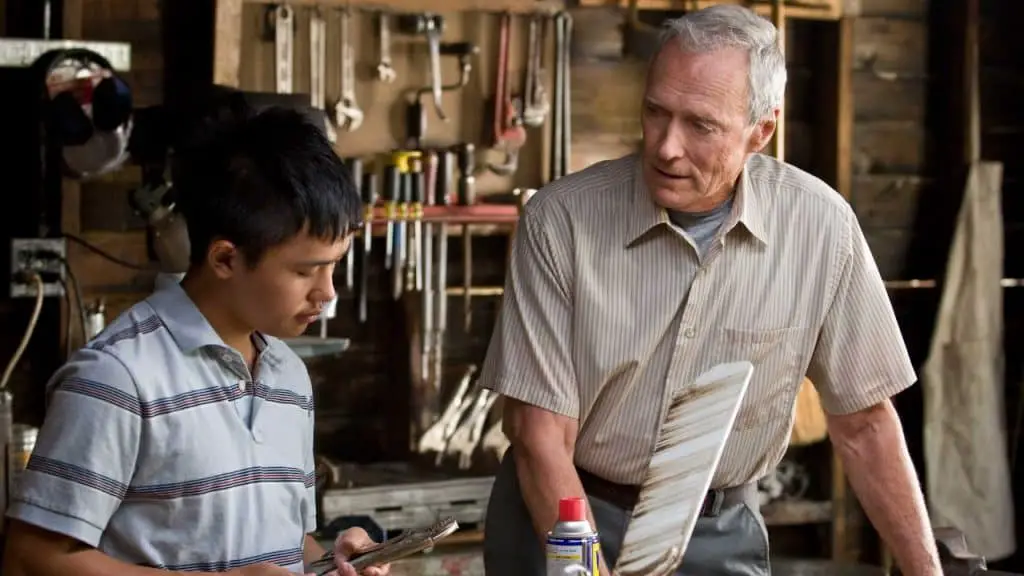
Of all the interpretations, the latter most of all corresponds to the director’s intention, but Gran Torino is not limited to social issues. This film is not about how bad it is to live in the Detroit suburbs, but about a spiral of violence and the fact that sometimes old age comes alone.
Hero or antihero?
The answer to the question whether the hero is old man Kowalski or not is at first glance obvious: after all, he so courageously overcomes his prejudices and saves, at the cost of the life of a stranger, essentially a young man. He himself copes with his problems, does not require anyone’s help, he is not afraid of anyone or anything. But all these are features that lie on the surface of the image. If you dig deeper, something else appears.
First of all, Kowalski is a bad father. He himself admits this in confession, but even without confession it is obvious: his sons are the way he raised them. One can only guess that in the Kowalski family, neither intimate conversations, nor concern for spiritual development were accepted. With spirituality, Kowalski is tough: it is no coincidence that his main treasure is a car, that is, a pile of iron. Yes, of course, this is not an ordinary car, it is a symbol, a memory of youth, the creation of his hands, but nevertheless.
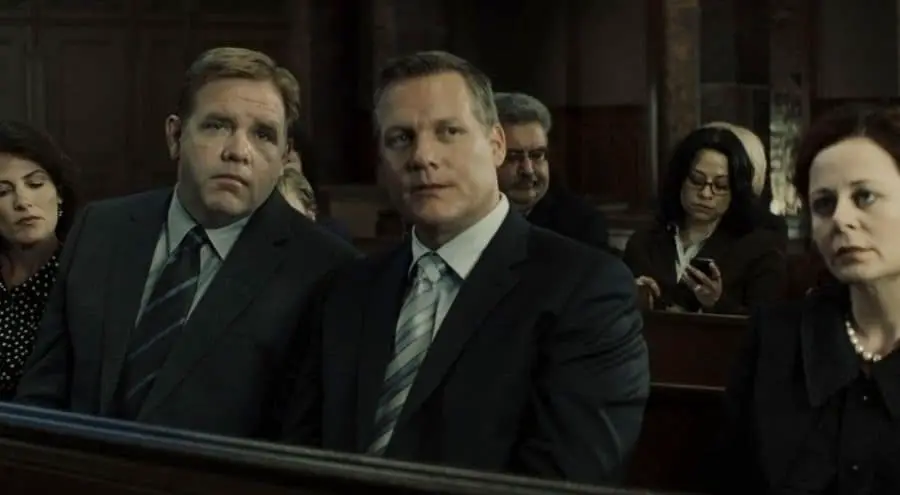
However, God is with him, with his upbringing and “Gran Torino”: all have their own shortcomings, as they say in the finale of one famous film. Much more important is another thing: Kowalski’s tragic ending is not simply conditioned by his actions: it is not necessary. “Gran Torino” is not an ancient Greek tragedy, where fate dominates the heroes. If the former Korean War veteran had a slightly more flexible mindset, he would have seen that his beloved Tao has a very simple way to change his life: the guy just needs to move to another neighborhood, more decent.
Nothing prevented Kowalski from selling the house (he still considers his children unworthy of the inheritance), and with the proceeds from renting an apartment for himself and for Tao. However, it was not necessary to keep a valuable car in a dysfunctional quarter, inciting local thugs: whatever the current Detroit, it clearly has well-guarded parking lots.
However, Kowalski prefers not to think (for almost the first time in his life, he thinks before the implementation of his plan of retaliation), but brandish a pistol.
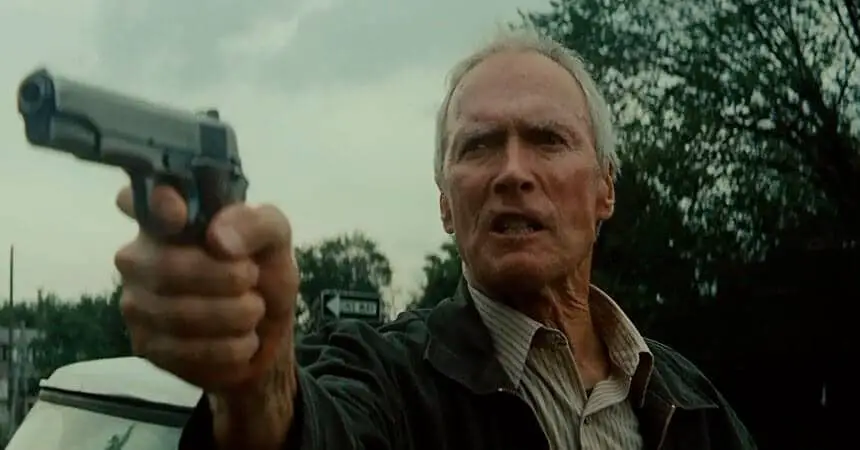
Breaking the spiral of violence
Eastwood’s character and life is a perfect illustration of the classic spiral of violence. Once upon a time, his country broke his destiny, turning him into a killing machine and launching this spiral. Aggression – both external, directed against other ethnic groups, and internal, directed against himself – becomes part of his picture of the world.
Of course, this can not lead to anything good: the result of Kowalski’s behavior, confident for the time being that “there is no reception against the crowbar”, is the suffering of others. At the same time, it is obvious that neither Tao’s burned face nor the rape of his sister would have happened if it had not been for Kowalski’s cowboy (or quixotic) actions.
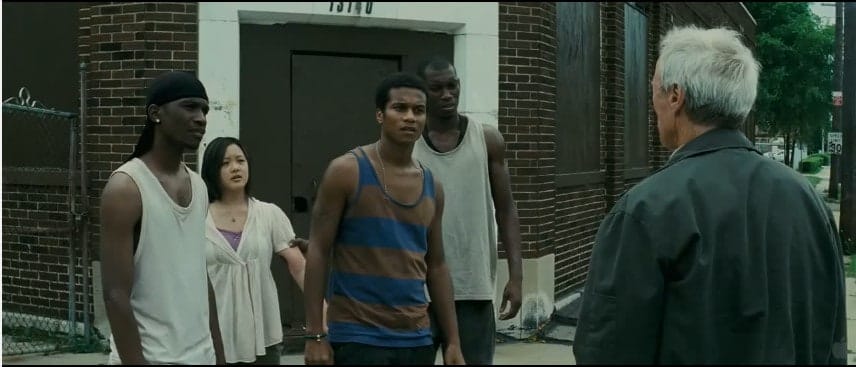
The times when a lone cowboy could administer justice by force are over: in the modern world, attempts at lynching only lead to an increase in entropy. Did the former veteran grasp this truth before his death?
Eastwood does not give an unambiguous answer (he would have been subject to Kowalski’s excellent health), but there is no doubt about the main idea of the film: the victory of good is possible only if the spiral of violence is broken. It is no accident that in the finale, Tao drives off in a shining car into a shining distance – away from the world, where the right of the strong reigns supreme.
Why are Tao and his family Hmong?

The nationality of Kowalski’s neighbors sounds exotic not only to the honored worker of the automotive industry: the Hmong are not the most famous ethnic community in the United States. Obviously, the choice of this particular people is not accidental. The film explains that the Hmong supported the Americans during the Vietnam War, and therefore, after the war, they had to flee their homes.
However, the real meaning is somewhat different: the spiral of violence takes place not only at the personal level, but also at the state level. If the American army had not invaded foreign territory, outsiders would not have come to it. Ethnic gangs have not fallen from the sky, they are the result of a short-lived foreign and domestic policy.
What is the meaning of the confession scene?
Sharing his sins with the young father Janowicz, Kowalski speaks of coldness towards children and other relatively minor sins, but does not mention a word about the murders he committed in the war. Doesn’t he consider it a sin? On the contrary: this is the sin that no priest is able to absolve.
Why did Kowalski let himself be killed?

The external reason is clear: having become a victim of thugs, he gave the police the opportunity to send them to prison and saved Tao and his family, but what led the veteran? Did he want to break the spiral of violence? Or, knowing about the near painful death, he just decided to leave beautifully and quickly? Or maybe we have before us self-execution, atonement for long-standing war crimes? The viewer is free to choose any answer: Eastwood managed to create such a complex, strong and memorable image that, perhaps, all three versions will be simultaneously true.







